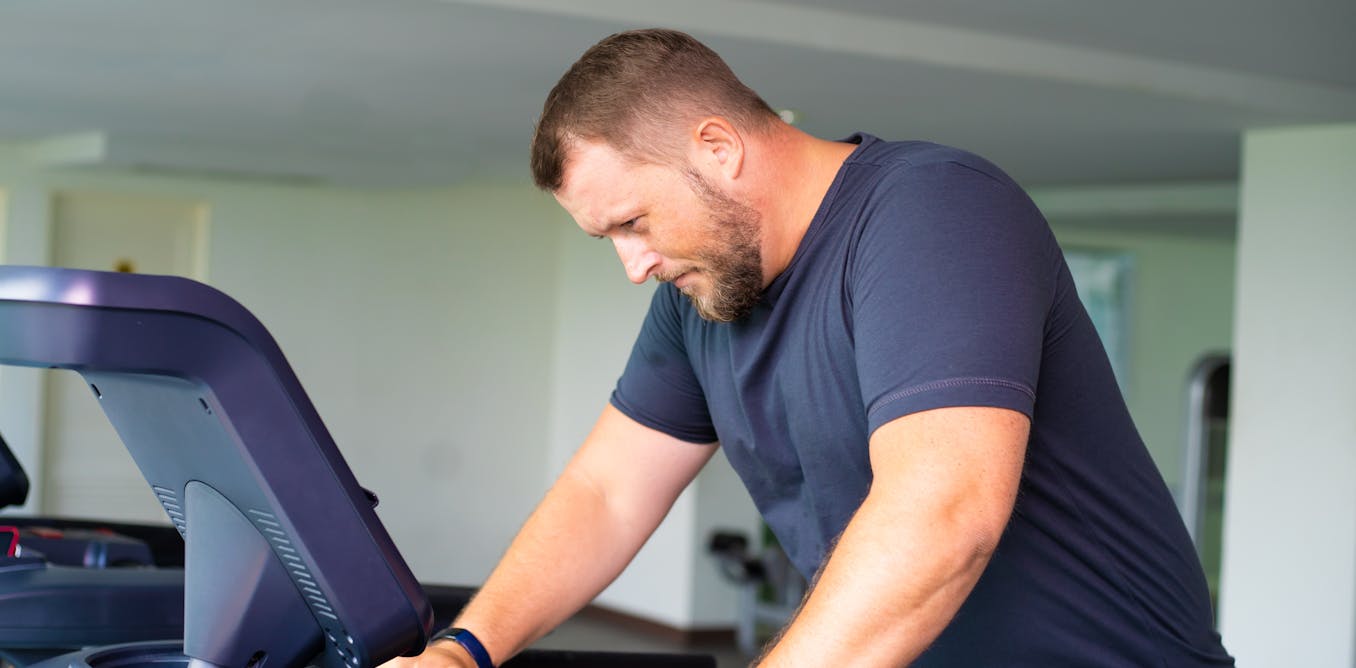3 Signs Your Diet is Causing Too Much Muscle Loss – and What to Do About It
When it comes to losing weight, it’s natural to want to see quick results. However, rapid weight loss can have an unexpected consequence – a significant loss of muscle mass. In this article, we’ll explore three signs that your diet is causing too much muscle loss, and what you can do to prevent it.
Why Does Muscle Mass Matter?
Muscle mass plays a crucial role in determining our metabolic rate – how much energy we burn at rest. Unlike fat, muscle is more metabolically active, meaning it burns more calories. When we diet to lose weight, we create a calorie deficit, where our bodies don’t get enough energy from the food we eat to meet our energy needs. Our bodies start breaking down fat and muscle tissue for fuel.
A decrease in calorie-burning muscle mass slows down our metabolism, making it harder to lose weight and maintain weight loss in the long term.
How to Tell if You’re Losing Too Much Muscle
Unfortunately, measuring changes in muscle mass is not easy. The most accurate tool is an enhanced form of X-ray called a dual-energy X-ray absorptiometry (DXA) scan. However, this scan is primarily used in medicine and research, and is not readily available at home.
Some "smart" scales promise to provide an accurate reading of muscle mass percentage. However, the accuracy of these scales is questionable. Researchers found that the scales tested massively over- or under-estimated fat and muscle mass.
3 Free but Scientifically Backed Signs You May Be Losing Too Much Muscle Mass
Fortunately, there are three free but scientifically backed signs you may be losing too much muscle mass when you’re dieting.
1. You’re Losing Much More Weight Than Expected Each Week
Losing a lot of weight rapidly is one of the early signs that your diet is too extreme and you’re losing too much muscle. Rapid weight loss (of more than 1 kilogram per week) results in greater muscle mass loss than slow weight loss. Slow weight loss better preserves muscle mass and often has the added benefit of greater fat mass loss.
2. You’re Feeling Tired and Things Feel More Difficult
Feeling tired, sluggish, and finding it hard to complete physical activities, such as working out or doing jobs around the house, is another strong signal you’re losing muscle. Research shows a decrease in muscle mass may negatively impact your body’s physical performance.
3. You’re Feeling Moody
Mood swings and feeling anxious, stressed, or depressed may also be signs you’re losing muscle mass. Research on muscle loss due to ageing suggests low levels of muscle mass can negatively impact mental health and mood. This seems to stem from the relationship between low muscle mass and proteins called neurotrophins, which help regulate mood and feelings of wellbeing.
So, What Can You Do to Maintain Muscle During Weight Loss?
Fortunately, there are also three actions you can take to maintain muscle mass when you’re following a calorie-restricted diet to lose weight.
1. Incorporate Strength Training into Your Exercise Plan
While a broad exercise program is important to support overall weight loss, strength-building exercises are a surefire way to help prevent the loss of muscle mass. Relying on diet alone to lose weight will reduce muscle along with body fat, slowing your metabolism. So, it’s essential to make sure you’ve incorporated sufficient and appropriate exercise into your weight-loss plan to hold onto your muscle mass stores.
Exercises using body weight, such as push-ups, pull-ups, planks, and air squats, are just as effective as lifting weights and using strength-building equipment.
2. Eat More Protein
Foods high in protein play an essential role in building and maintaining muscle mass, but research also shows these foods help prevent muscle loss when you’re following a calorie-restricted diet.
3. Slow Your Weight Loss Plan Down
When we change our diet to lose weight, we take our body out of its comfort zone and trigger its survival response. Our body’s survival mechanisms want us to regain lost weight to ensure we survive the next period of famine (dieting).
However, a slow and steady, stepped approach to weight loss prevents our bodies from activating defence mechanisms to defend our weight when we try to lose weight.
Conclusion
Losing weight long-term comes down to making gradual changes to your lifestyle to ensure you form habits that last a lifetime. By being aware of the signs of excessive muscle loss and taking steps to prevent it, you can maintain a healthy weight and achieve your weight loss goals.
FAQs
Q: How can I determine if I’m losing too much muscle mass?
A: Look for signs such as losing much more weight than expected each week, feeling tired and sluggish, and experiencing mood swings.
Q: What are some effective exercises for maintaining muscle mass during weight loss?
A: Incorporate strength-building exercises such as push-ups, pull-ups, planks, and air squats into your exercise plan.
Q: How can I eat more protein during weight loss?
A: Include foods high in protein, such as lean meats, fish, eggs, dairy products, and legumes, in your diet.
Q: Can I slow down my weight loss plan to prevent muscle loss?
A: Yes, a slow and steady, stepped approach to weight loss can help prevent muscle loss by preventing your body from activating defence mechanisms.
Recommended Products:
-

Metamucil Fiber 4-in-1 Psyllium Fiber Supplement Powder with Real Sugar, Orange (55 oz)
$34.97 Buy Now -

Lemon and Coffee Fat Burner – for Men and Women – Burn Fat, Boost Metabolism, Increase Energy Levels, Aid in Appetite Control, Elevate Focus – 60 Capsules
$59.00 Buy Now -

Herbal Goodness Guava Green Tea – Supports Digestive System, Immune System Support, Immune Boost, Sleep Support, Radiant Skin, Oral Health – Tea Bags
$12.95 Buy Now



